10 amazing exoplanet discoveries
Astronomers continue to exoplanet discoveries around distant stars — here are the most intriguing finds so far.
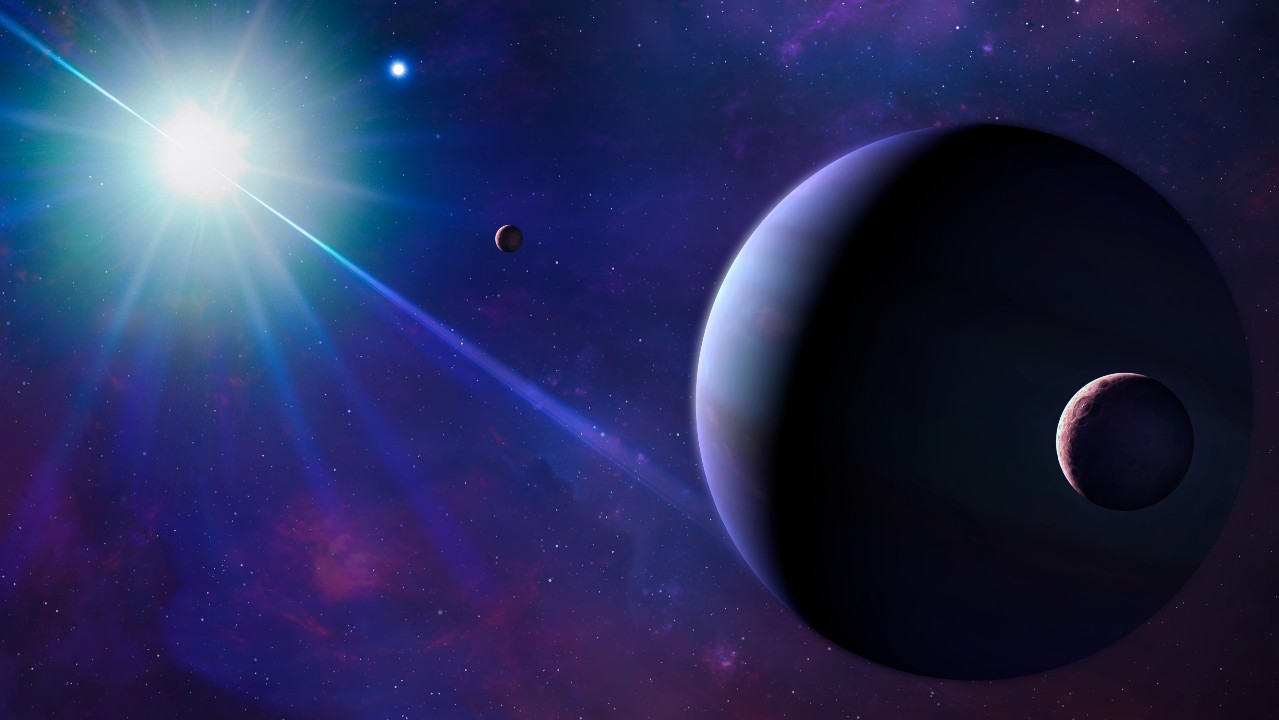
There are several ways that exoplanet discoveries are made. The most obvious way to find an exoplanet is to see it directly using a telescope. This isn't as easy as it sounds, because distant planets are so faint they are usually lost in the bright glare of their host stars. Nevertheless, this approach has been successful in some cases.
The majority of exoplanets have been found by transit, which involves looking for a slight dimming of the host star as the planet passes in front of it. However, this can only be used if the geometry of the planet's orbit allows us to see the transit from Earth.
As a planet orbits around a star it causes the star to wobble slightly. In principle, using a precision measuring technique called astrometry, this wobble can be observed directly. It was the first exoplanet detection method to be tried, but has only been successful in a handful of cases.
Related: 15 places on Earth that look exoplanetary
In practice, it's much easier to detect the tiny wobble caused by an orbiting planet by looking at a star’s velocity rather than its position in the sky. This can be done using spectroscopic techniques, and the resulting "radial velocity" method has been very successful at detecting exoplanets.
The final method of discovery is called gravitational microlensing and requires Einstein’s theory of relativity. This shows how light from a distant object is bent as a star passes between it and the observer. The pattern of bending is slightly different if there is a planet orbiting the star.
Here are just some of the many exoplanet discoveries that came from using these astronomical methods.
Breaking space news, the latest updates on rocket launches, skywatching events and more!
A planet with two suns: TIC 172900988 b

NASA’s top planet hunter at the moment is TESS — the Transiting Exoplanet Survey Satellite. This detects exoplanets by measuring the slight dimming of their host stars when a planet crosses the telescope’s line of sight to them, according to NASA.
This can be a slow process, because astronomers may need to observe several transits to get a full picture of the planet's orbit — and there may be months or years between transits, depending on how rapidly the planet orbits. But in the case of TIC 172900988 b, the whole process was super-quick. That's because it orbits two stars and TESS saw it transit across both of them. It also observed no fewer than three mutual eclipses between the stars themselves. Putting all this information together gave researchers everything they needed to calculate the orbit in detail.
Brown dwarf planet: CFHTWIR-Oph 98 b
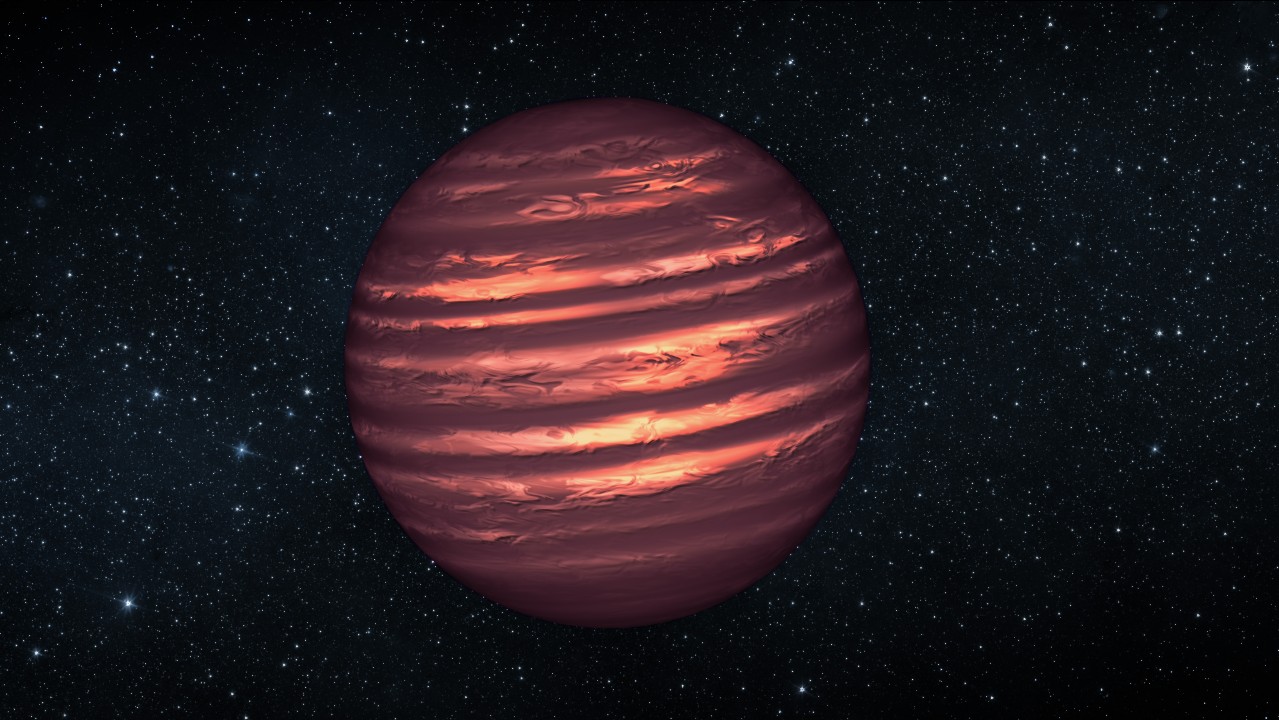
Brown dwarfs are enigmatic objects that are neither stars nor planets. With just 15 to 75 times the mass of Jupiter they’re unable to sustain the fusion reactions that make stars shine, yet they’re found in the depths of space, rather than orbiting around a star like planets do.
Brown dwarfs are sometimes found in pairs, but it's only recently that one was discovered with what appears to be an honest-to-goodness planet orbiting around it. The brown dwarf in question is called CFHTWIR-Oph 98, and its planetary companion — possibly as small as 4.1 Jupiter masses — was spotted in images taken by the Hubble Space Telescope.
Our next-door neighbor: Proxima Centauri c
The sun's nearest cosmic neighbour is the red dwarf Proxima Centauri, a mere 4.25-light-years away. There was a flurry of excitement in 2016 when a planet was found orbiting this star. It was a particularly significant discovery, because the planet (illustrated here in an artist’s concept) appears to be similar in size to Earth and is located in the star’s habitable zone — meaning that it might potentially harbour life.
Then in 2020, astronomers announced the likely discovery of a second planet in the same system. However this one, dubbed Proxima Centauri c, is less likely to be habitable, orbiting so far out that it receives very little of the star’s warmth.
A scorching hot super-Earth: HD 108236 b
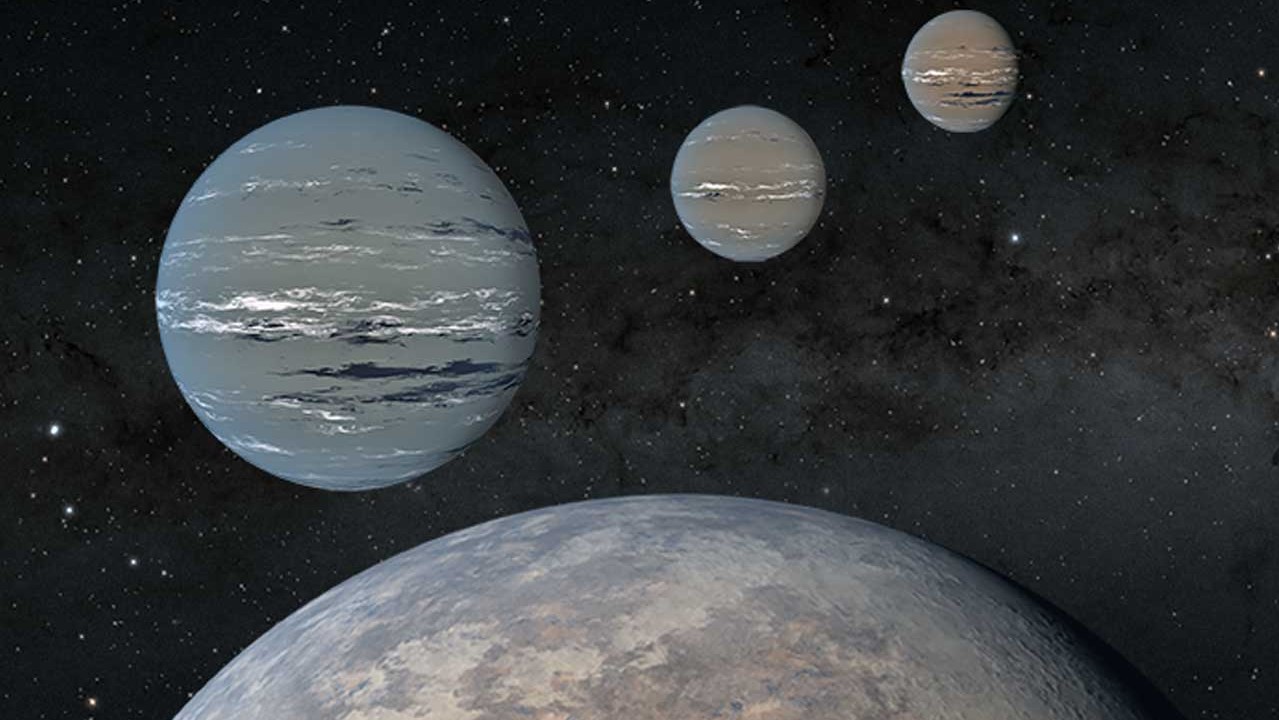
One of the most interesting discoveries made by TESS in 2020 was a family of four planets orbiting a sun-like star called HD 108236. Described by their discoverers as "a super-Earth and three sub-Neptunes", these cover a range of planetary sizes not found here in the solar system — larger than Earth but smaller than Neptune.
As such, the discovery team describe them as "an exciting, opportune cosmic laboratory for testing models of planet formation and evolution". Of particular interest is the innermost of the four planets, the super-Earth HD 108236 b. With over three times the mass of our own planet , this orbits 22 times closer to its star than Earth is to the sun. This gives it an amazingly short year of just 3.8 days — and, of course, makes it too hot to inhabit. NASA estimates its surface temperature at a scorching 1,500 degrees Fahrenheit (825 degrees Celsius).
The weirdest orbit: HD 106906 b
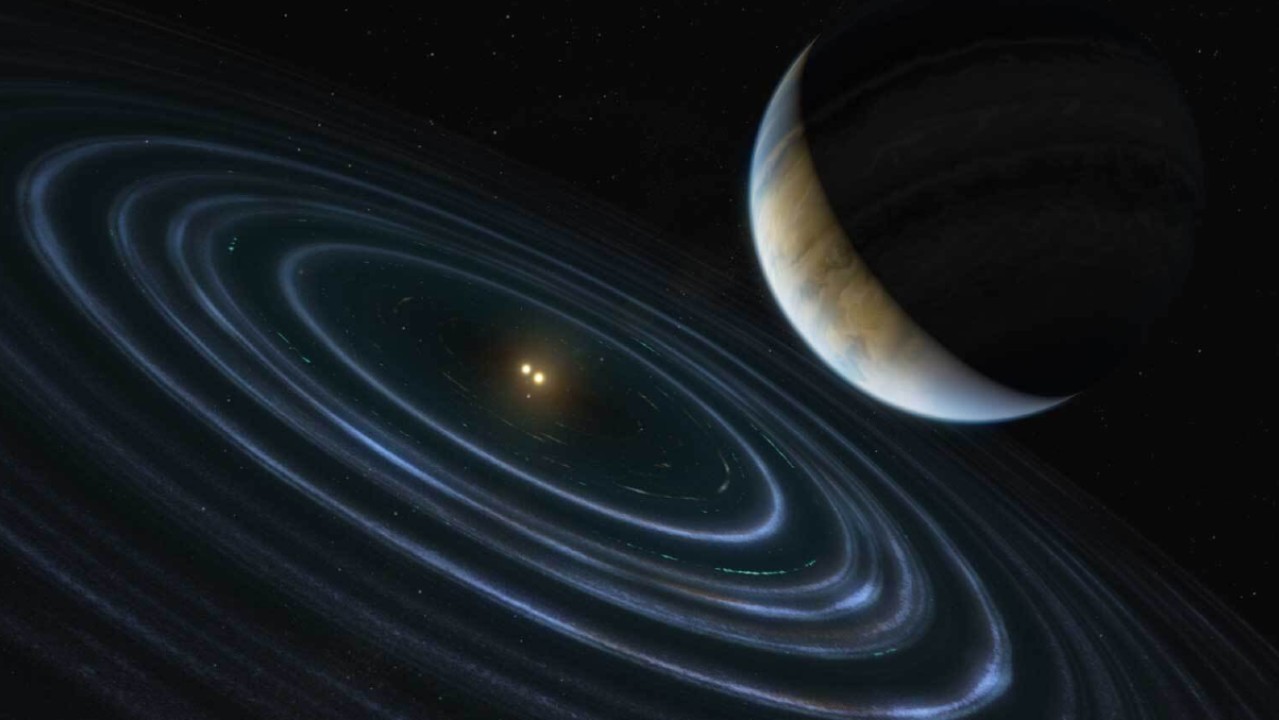
This huge planet — around 11 times the mass of Jupiter, is one of the few exoplanets to be discovered by direct imaging.
It was originally found in 2013 by the Las Campanas Observatory in Chile, but it wasn’t until 2020 that details of its orbit were worked out using data collected by NASA’s Hubble telescope. It turned out to be a truly extraordinary orbit – almost 68 billion miles out from its host binary star, which is 730 times further than the distance between Earth and the sun. This huge orbit gives the planet an incredibly long year of the order of 15,000 Earth years.
An earth-like microlensed planet: OGLE-2019-BLG-0960 b
To date, around 120 exoplanets have been found by the gravitational microlensing technique. Many of these bear the quirky-looking prefix OGLE, because they were detected by the Optical Gravitational Lensing Experiment. One of the most recent discoveries, OGLE-2019-BLG-0960 b, is particularly significant because it is the smallest planet yet found by this method.
Its discoverers estimate it to be between 1.4 and 3.1 times the mass of the Earth, and to orbit a star smaller than our own at a distance 1.2 to 2.3 times the Earth’s distance from the sun. The "BLG" in OGLE-2019-BLG-0960 b’s name refers to the particular survey field it was located in.
Spotted by a radio telescope: TVLM 513b
Astrometry is one of the trickiest methods used to find exoplanets, involving very precise measurements of the position of a star to detect the tiny wobble caused by an orbiting planet. It's normally done using optical telescopes, but in 2020 the first astrometric detection was made via radio astronomy.
This used a continent-wide network of radio telescopes stretching between Hawaii and Puerto Rico to detect a Saturn-sized planet orbiting around an ultra-cool dwarf star. Researchers used the measured wobble to establish that the planet has an orbital period of approximately 221 days.
Found in another galaxy: M51-ULS-1b
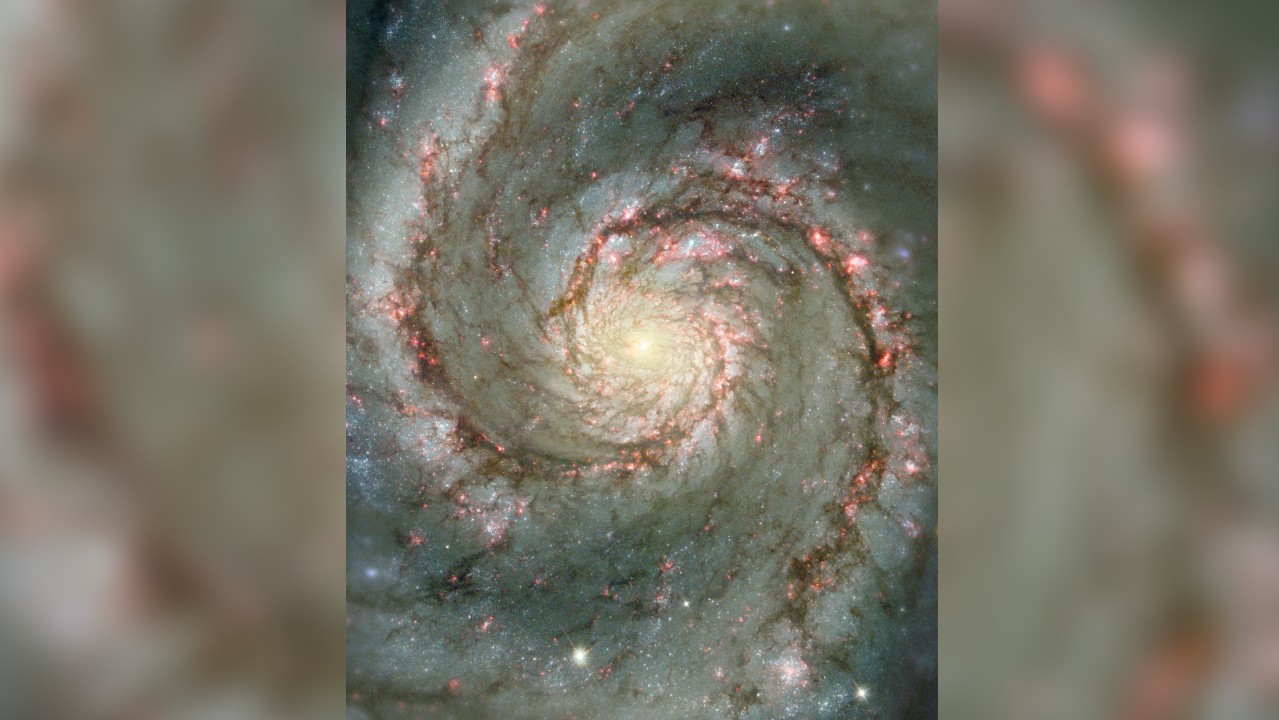
Most of the exoplanets found so far are relatively nearby in cosmic terms — generally within about 3,000 light years]. That's still well within our own Milky Way galaxy, but there must be countless exoplanets in other galaxies too. The first of these was discovered in 2020, lurking in the Whirlpool Galaxy Messier 5 — an incredible 28 million light years away. Called M51-ULS-1b, it was detected by the conventional transit method but using X-ray observations rather than visible light.
The planet orbits an X-ray binary system consisting of an ordinary sun-like star together with a much more compact object such as a neutron star or black hole. These systems are powerful emitters of X-rays, which is why they can be detected at enormous distances.
Small and fast: GJ 367 b
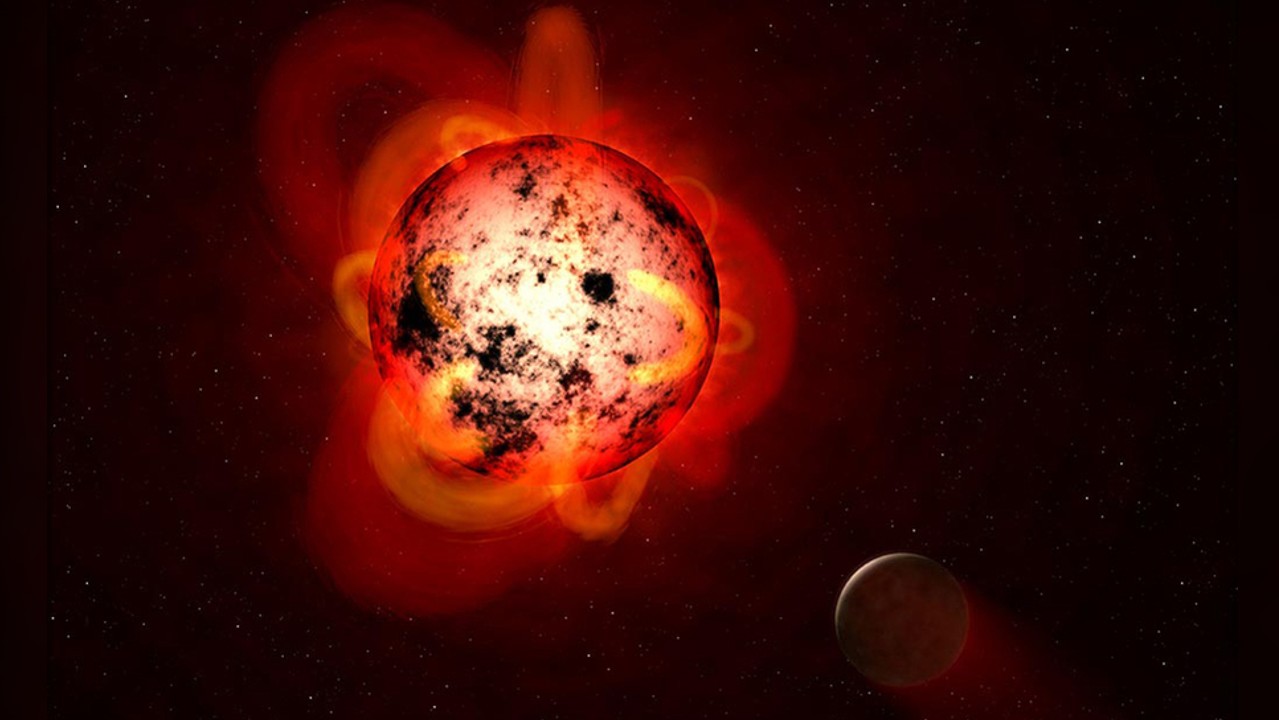
One of the most recently discovered exoplanets — GJ 367 b, announced in December 2021 — is also one of the weirdest. Found using TESS, it's a small world, about half the mass of Earth , and it’s so close to its parent star that it completes a whole orbit in just 8 hours.
In other words, the planet’s "year" is just a third of an Earth day! At a distance of 31 light years, GJ 367 b is close enough that astronomers can study its properties in detail. They’ve worked out that it probably has a similar composition to Mercury, and an even higher surface temperature — up to 2,700 °F (1,500 °C) on the planet's dayside. Needless to say that's far too hot for life to exist there, although it's possible there are other more habitable planets orbiting further out from the same star.
A new atmosphere: GJ 1132 b
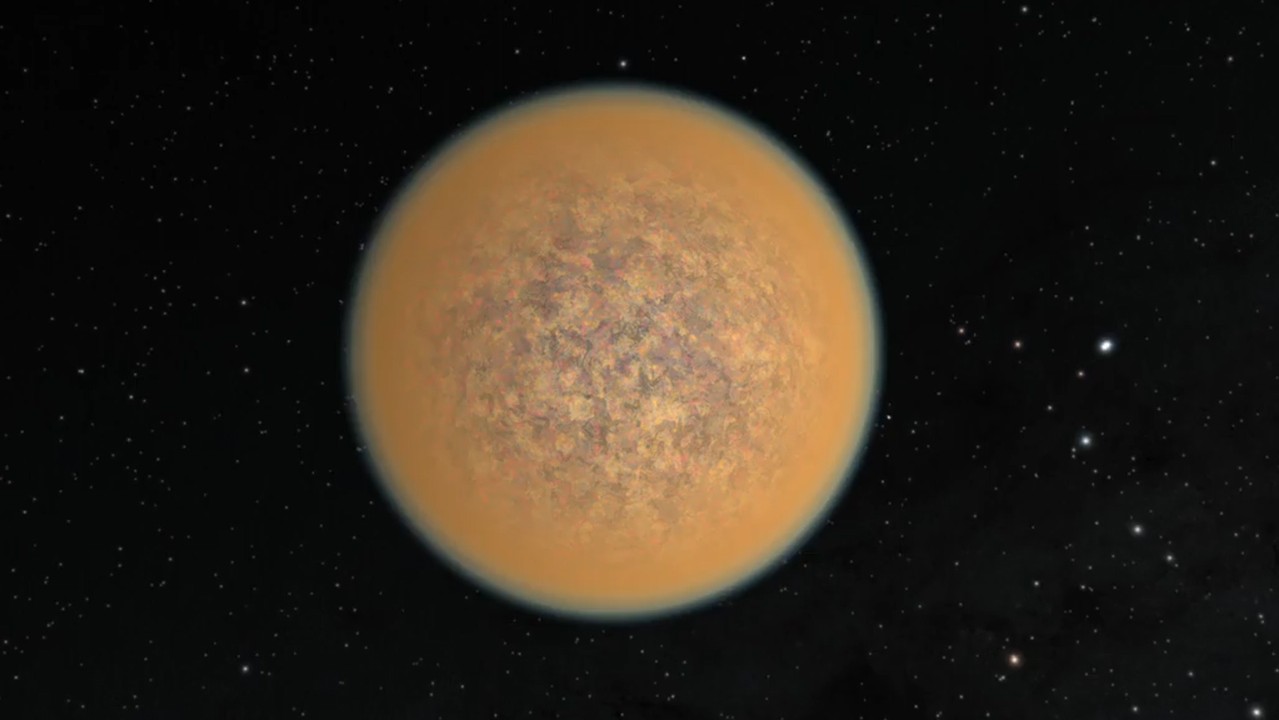
When GJ 1132 b was discovered by Chile's Cerro-Tololo observatory in 2015 it was hailed as the closest Earth-size exoplanet known at that time. This made it interesting enough to take a closer look with NASA’s own Hubble telescope. Hubble was able to peer into the planet’s atmosphere, where it made a startling discovery.
Based on a combination of observational evidence and computer modelling, scientists believe it’s a "secondary" atmosphere formed by volcanic activity, after radiation from the planet’s parent star destroyed its original atmosphere ]. The new atmosphere isn’t a particularly hospitable one, though, consisting of molecular hydrogen, cyanide, methane and an aerosol haze.
Additional resources
For more information about exoplanets, check out "Envisioning Exoplanets: Searching for Life in the Galaxy" by Michael Carroll and "Exoplanets: Hidden Worlds and the Quest for Extraterrestrial Life" by Donald Goldsmith. Also, discover more about the methods used to detect new exoplanets at ESA's How to find an extrasolar planet page.
Bibliography
- Natali Anderson, “Radio Astronomers Discover Saturn-Sized Exoplanet around Ultracool Dwarf”, Science news, August 2020.
- Jennifer Chu, “TESS discovers a planet the size of Mars but with the makeup of Mercury”, MIT News, December 2021.
- Salvador Curiel, et al, “An Astrometric Planetary Companion Candidate to the M9 Dwarf TVLM 513–46546”, Astronomical Journal, Volume 159, August 2020.
- Tansu Daylan, et al, “TESS discovery of a super-Earth and three sub-Neptunes hosted by the bright, Sun-like star HD 108236”, The Astronomical Journal, Volume 161, January 2021.
- Jennifer C. Yee, et al, “OGLE-2019-BLG-0960 Lb: the Smallest Microlensing Planet”, The Astronomical Journal, Volume 162, October 2021.
- Lee Billings, “The Curious Case of Proxima C”, Scientific American, January 2020.
- Clémence Fontanive, et al, “A Wide Planetary-mass Companion to a Young Low-mass Brown Dwarf in Ophiuchus”, The Astrophysical Journal Letters, Volume 905, December 2020.
- Pat Brennan, “Discovery Alert: A Giant Planet and Three Eclipses”, NASA's Exoplanet Exploration Program, November 2021.
- Pat Brennan, “Discovery Alert: Burning Questions for a Hot Super-Earth”, NASA's Exoplanet Exploration Program, January 2021.
- NASA Exoplanet Archive, “Exoplanet and Candidate Statistics”, accessed March 2022.
- NASA, “First Evidence of a Planet Identified Beyond Our Galaxy”, October 2021
- NASA, “Hubble Pins Down Weird Exoplanet with Far-Flung Orbit”, December 2020.
- NASA, “HD 108236 b”, accessed March 2022.
- NASA, “5 Ways to Find a Planet”, accessed March 2022.
- NASA, “What is a brown dwarf?”, accessed March 2022.

Andrew May holds a Ph.D. in astrophysics from Manchester University, U.K. For 30 years, he worked in the academic, government and private sectors, before becoming a science writer where he has written for Fortean Times, How It Works, All About Space, BBC Science Focus, among others. He has also written a selection of books including Cosmic Impact and Astrobiology: The Search for Life Elsewhere in the Universe, published by Icon Books.
- Scott DutfieldContributor
